Brussels Sprout Long Island Improved
$4.49
Brassica Oleracea Gemmifera
- Seed count 400
- Popular Variety
- Annual
In stock
Description
| Method: Set seedlings | Soil Temp: 7°C - 30°C |
| Cool Mountain: Oct - Feb | Position: Full sun |
| Arid: Nov - Apr | Row Spacing: 50cm apart |
| Temperate: Sep - May | Planting Depth: 5 mm |
| Sub Tropical: Not Recommended | Harvest: 105 days |
| Tropical: Not Recommended | Plant Height: 20cm |
Growing Conditions
Climate:
- Optimal Temperature: Brussels sprouts prefer cooler temperatures, ideally between 10°C to 20°C. They are frost-tolerant and can improve in flavour after a frost.
- Season: In Australia, the best time to grow Brussels sprouts is during the cooler months. It is ideal to sow seeds in early autumn or late summer to harvest in autumn or winter. Though they are not suitable for the tropics and sub tropics.
Soil Requirements:
- Soil Type: Well-drained, fertile loam soils are ideal. Heavy clay soils may hold too much water, leading to root rot.
- pH Level: Aim for a soil pH of 6.0 to 7.0. This range ensures that the plants can effectively absorb nutrients.
- Soil Preparation: Before planting, amend the soil with organic matter such as compost or well-rotted manure. This will increase nutrient levels, improve drainage, and enhance soil structure.
Planting Brussels Sprouts
Starting Seeds:
- Indoors: Start seeds in seed trays 6-8 weeks before the last predicted frost date. Use seedling mix or organic potting soil.
- Outdoors: Sow seeds directly into well-prepared soil about 5 mm deep. Space seedlings 50 cm apart once they reach a few centimetres in height.
Transplanting
- When seedlings are approximately 15-20 cm tall and have at least 2-3 true leaves, harden them off (gradually acclimatize them to outdoor conditions) before transplanting to their final location.
Care and Maintenance
Watering:
- Keep soil consistently moist, especially during dry spells. Drip irrigation or soaker hoses are recommended to minimize water on foliage and prevent diseases.
Fertilising:
- Fertilise with a balanced fertiliser every 4-6 weeks.
- A side dressing of compost can also provide nutrients through the growing season.
Mulching:
- Apply a layer of organic mulch (straw, leaves, grass clippings) to conserve moisture, suppress weeds, and regulate soil temperature.
Pest and Disease Management
Common Pests:
- Watch out for aphids, cabbage moths, and brassica pests like whiteflies. Use organic insecticidal soap or neem oil for control.
Diseases:
- Monitor for signs of fungal infections (like downy mildew) and ensure good air circulation around plants to minimize disease pressure.
Harvesting
Timing:
- Brussels sprouts are typically ready for harvest 105 days after planting. They can be harvested as soon as they reach about 2.5 cm in diameter.
Technique:
- Start harvesting from the bottom of the stalk. Twist or cut the sprouts off the stalk, leaving the top sprouts to mature further.
Flavour Improvement:
- Wait until after the first frost, as cool temperatures can enhance the sweetness and flavour of the sprouts.
Troubleshooting Common Problems
Yellowing Leaves:
- This can either be a sign of nutrient deficiency (often nitrogen) or overwatering. Check soil conditions and consider fertilising.
Small or Loose Sprouts:
- Can result from heat stress or insufficient water. Ensure consistent watering and appropriate planting times.
Too Many Leaves, Not Enough Sprouts:
- This can occur if the plants are over-fertilised or crowded. Thin out plants to allow sunlight to reach all parts.
Add a review
Currently, we are not accepting new reviews





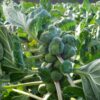
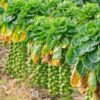
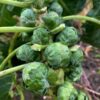
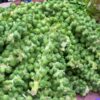
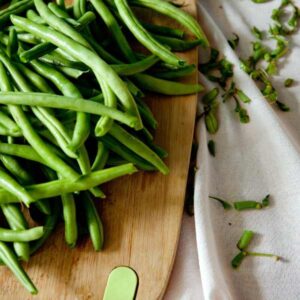
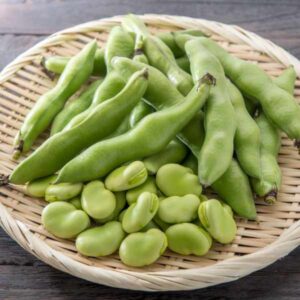
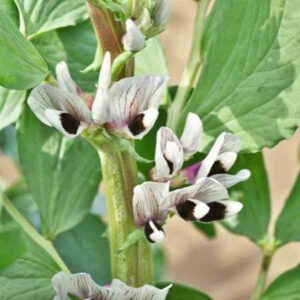
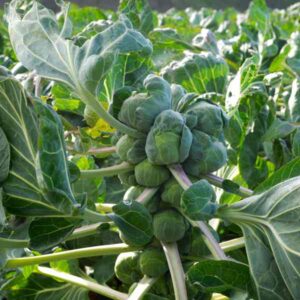
2 reviews for Brussels Sprout Long Island Improved